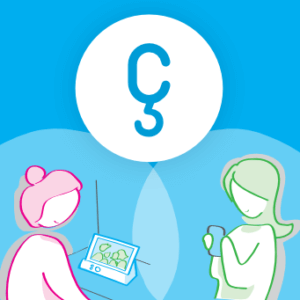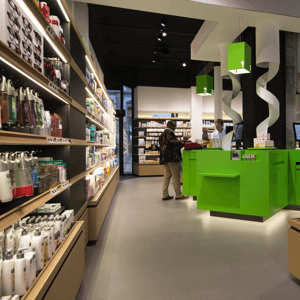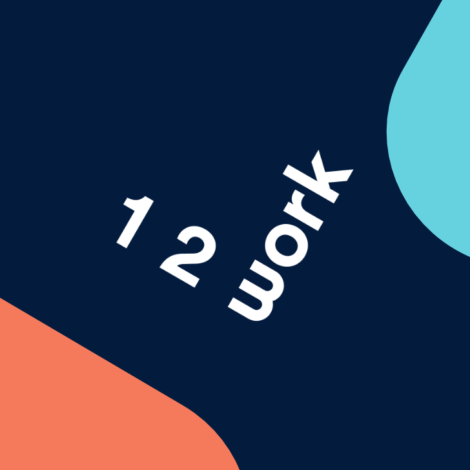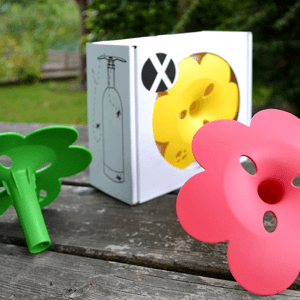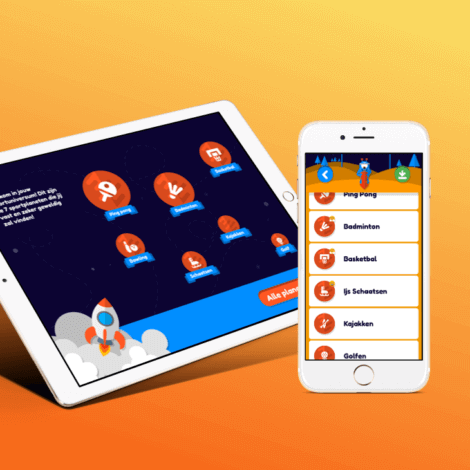Stroom
Stroom
Hoe kunnen we samen met de burger bouwen aan een duurzame toekomst waar de hele wijk van profiteert? Door in te spelen op dagdagelijkse behoeften van de bewoners zorgen we ervoor dat dit niet eens veel moeite kost. Drempels verlagen en alle neuzen in dezelfde richting, dat moet lukken! Samen met de Stad Mechelen gingen we de uitdaging aan om circulaire oplossingen te verbinden met de noden en interesses die leven in een Mechelse pilootwijk.
Voor ieder wat wils
De buurt Bethaniënpolder-Auwegemvaart werd bewust uitgekozen omwille van de rijke diversiteit onder de bewoners. Om zoveel mogelijk van hen te bereiken werd een breed gamma aan participatieve methodes uit de kast gehaald, zowel online als offline.


Een open boek
Met een eerste bevraging kregen we snel een goed beeld van de grootste noden die leven onder de buurtbewoners. Enkelen onder hen hielden ook een dagboek bij wat ons een mooi beeld gaf van hun dagdagelijkse ergernissen en opportuniteiten.
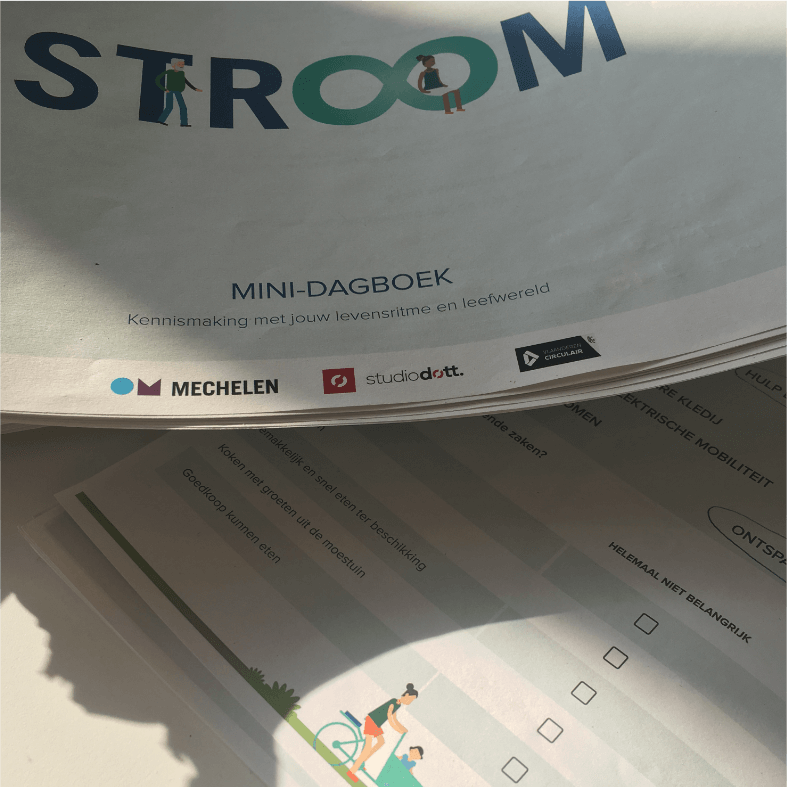

In jonge handen
We legden ons oor ook te luister bij ROJM, een jeugdhuis voor maatschappelijk kwetsbare jongeren. Aan de hand van verschillende stellingen rond circulaire economie werden de tieners getriggerd tot een goed gesprek over wat hen bezighoudt in het dagelijkse leven.
Feest in de buurt
Om het project zo veel mogelijk te doen leven onder de bewoners, zorgden we ervoor dat Stroom continu zichtbaar was in het straatbeeld. Daarom trokken we de straat op en werden er verschillende communicatie-elementen opgemaakt: flyers om te bussen, grote banners verwelkomden bewoners en bezoekers aan de hoofdweg door de wijk, raamposters waarop bewoners vraag en aanbod konden melden, ... En tijdens het buurtfeest ontving Stroom de bewoners in een écht straatsalon. Mensen konden er een praatje slaan met ons en via tablets gaven ze Tinder-gewijs hun voorkeuren aan qua circulaire oplossingen. Met vallen en opstaan, trial en error en veel trekken en sleuren, maar altijd even enthousiast, leerden we niet alleen de bewoners beter kennen, maar ook de manieren waarop we ze het best konden bereiken en betrekken.


6 Thema's
Uit alle informatie die we verzamelden via verschillende kanalen, konden we duidelijke, wederkerende thema's onderscheiden. Deze thematisch gerangschikte behoeften gebruikten we om bestaande circulaire oplossingen te mappen.
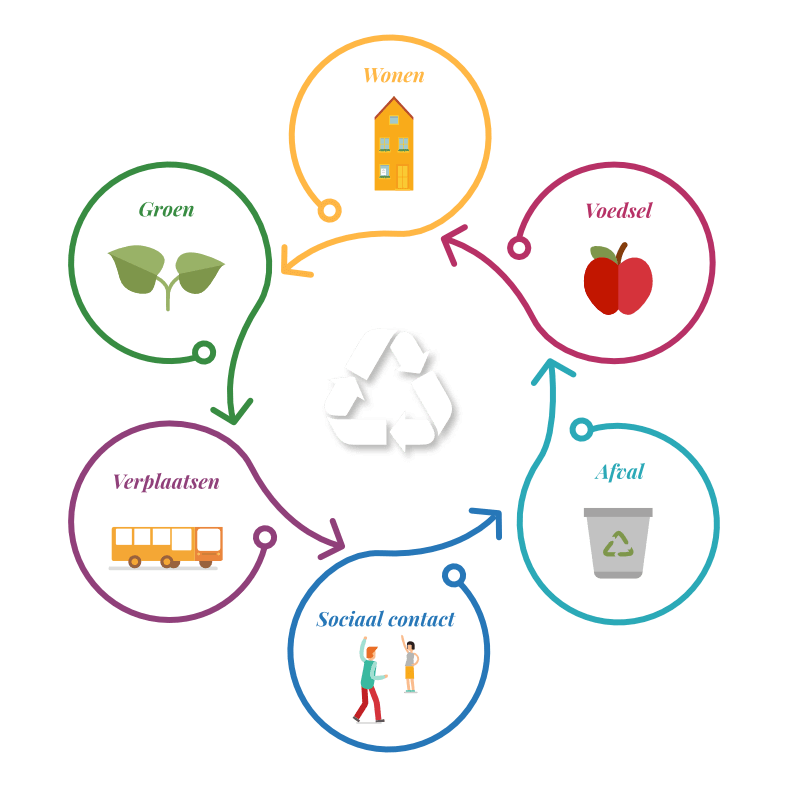


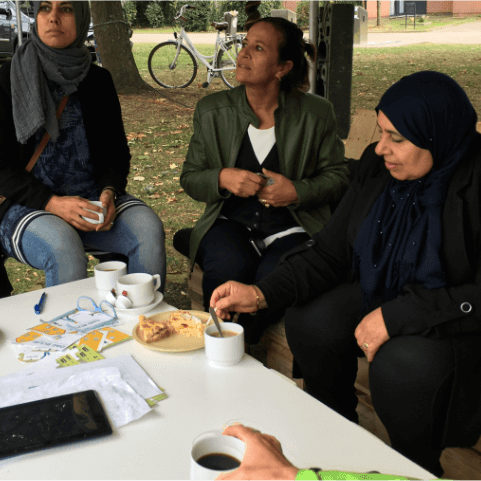
Iedereen stroomt mee
In een laatste fase brachten we de bewoners en andere lokale stakeholders (zoals Bio-Planet, t'Atelier, ...) samen in een interactief atelier. Tijdens deze cocreatieve avond deelden we de resultaten van ons onderzoek en kon iedereen zijn ongezouten mening en aanvullende ideeën geven bij een lekker hapje en een drankje. De ideefiches met circulaire oplossingen die we creëerden om als conversatiestarter te dienen, vielen zo in de smaak, dat verschillende groepen in en rond Mechelen hiervan nog steeds gebruik maken. Een duurzaam participatief concept dus.

Op maat van de Mechelaar
Verschillende circulaire oplossingen werden voorgelegd. Deze werden verder verrijkt of aangepast. Telkens vanuit de belangrijkste vraag: welke ideeën zie je wel of niet in deze buurt werken en zouden je leven gemakkelijker maken?
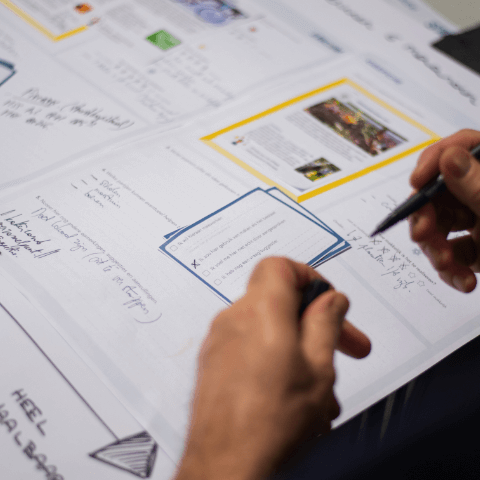



To be continued...
"Dankzij alle input konden we een eerste aanzet doen voor 4 concrete stadslabo's die de stad Mechelen binnenkort zal starten."

Ondersteuning nodig bij jouw participatieproject?
Of heb je een ander project in gedachten?
Aarzel niet om ons te contacteren!
More projects
You might also like these projects...
Stroom
Stroom
How can we, in collaboration with citizens, build a sustainable future to benefit the entire neighborhood? By responding to the daily needs of the residents, we ensure that this doesn’t even take much effort. Lower the thresholds and everybody working towards a common goal, yes that should do it! Together with the City of Mechelen, we took up the challenge to connect circular solutions with the specific needs and interests in a pilot neighborhood in Mechelen.
There’s something for everyone
The Bethaniënpolder-Auwegemvaart neighborhood was deliberately chosen because of its rich diversity among the residents. To reach as many of them as possible, a wide range of participatory methods was used, both online and offline.


An open book
Through a first survey, we quickly got a good overview of the greatest needs that exist among the neighborhood residents. A few of them also kept a diary, which gave us a good picture of their daily grievances and opportunities.


In young hands
We also listened to ROJM, a youth house for socially vulnerable young people. Using various statements about the circular economy, the teenagers were triggered to start a good conversation about what matters to them in daily life.
Party in the neighborhood
In order to make the project top of mind among the residents as much as possible, we made sure that Stroom was continuously visible in the streets. That’s why we took to the streets and created various communication elements: flyers for mailboxes, large banners welcoming residents and visitors at the main road through the neighborhood, window posters on which residents could report supply and demand, etc. And during the neighborhood party, Stroom welcomed the residents in a real street fair. People were able to chat with us and via tablets they could give their preferences in terms of circular solutions, using a Tinder-based approach. With trial and error, and a persistent but always enthusiastic effort, we not only got to know the residents better, but also the ways we could best reach them and involve them.


6 Themes
From all the information we gathered through different channels, we were able to distinguish clear, recurring themes. We used these thematically arranged needs to map out existing circular solutions.




Flowing together
In the final phase, we brought residents and other local stakeholders (such as Bio-Planet, t'Atelier, etc.) together for an interactive workshop. During this co-creative evening, we shared the results of our research and, over a few bites and drinks, everyone had the opportunity to give their honest opinion and suggest additional ideas. The flash cards with circular solutions that we created to serve as conversation starters were so appreciated that various groups in and around Mechelen still use them. That was clearly a sustainable participatory concept.

Made to measure for Mechelen
Various circular solutions were suggested. These were further enriched or adjusted, always based on the most important question: which ideas do you think will (or will not) work in this neighborhood and would make your life easier?




To be continued...
“Thanks to all the input we got, we were able to make a first step towards 4 concrete city labs that the city of Mechelen will soon start up.”

Need support with your participation project?
Or do you have another project in mind?
More projects
You might also like these projects...



